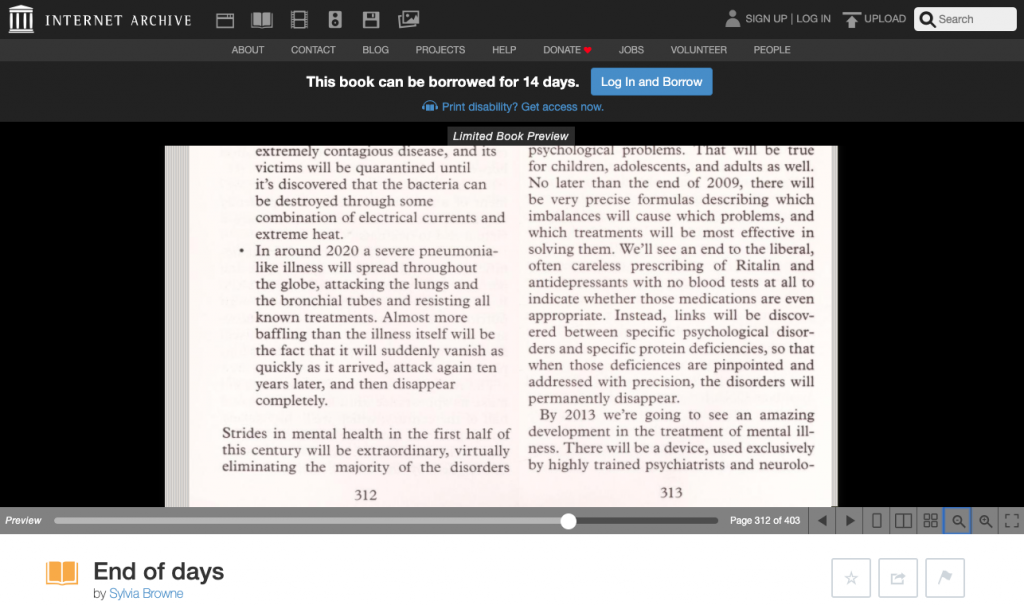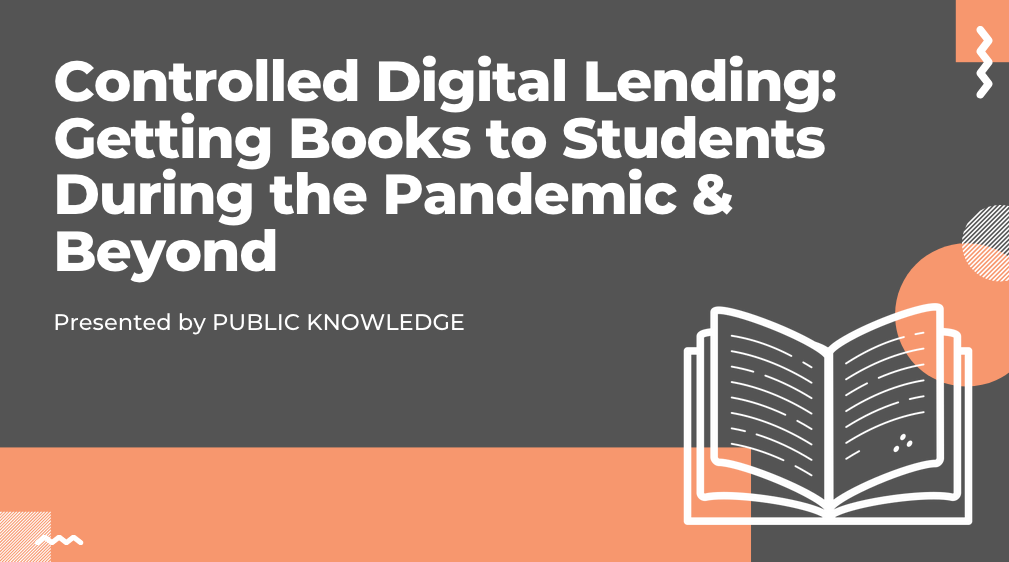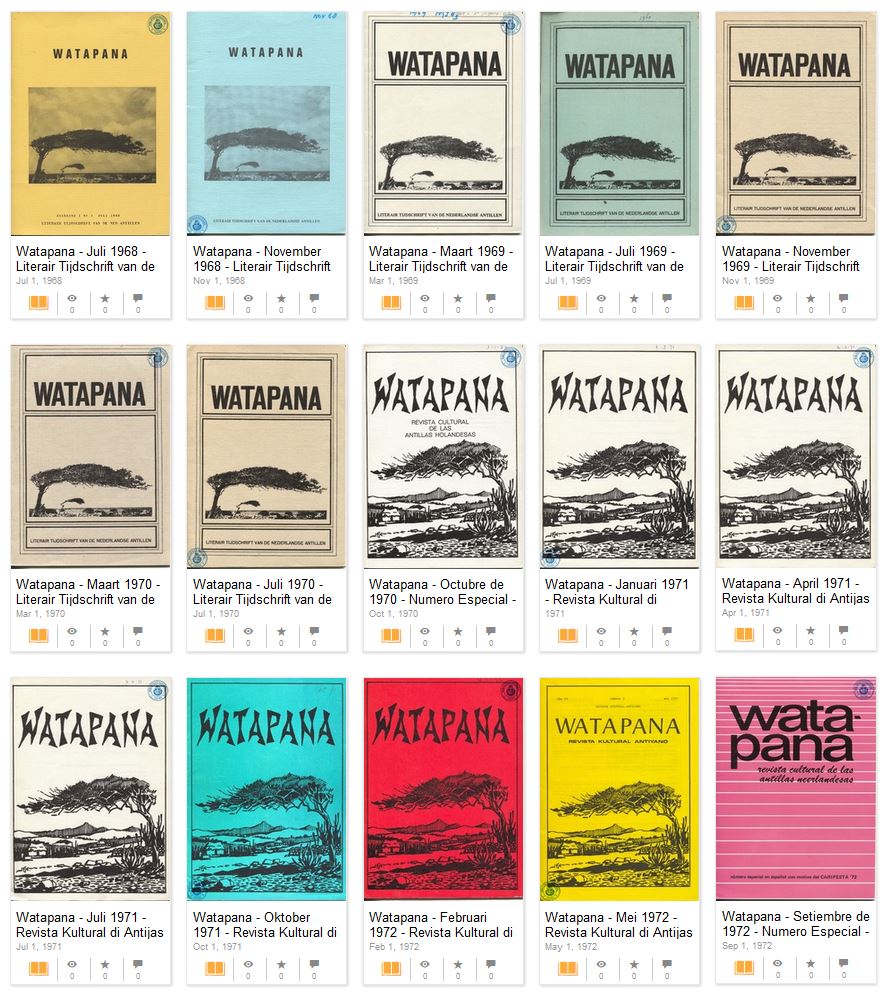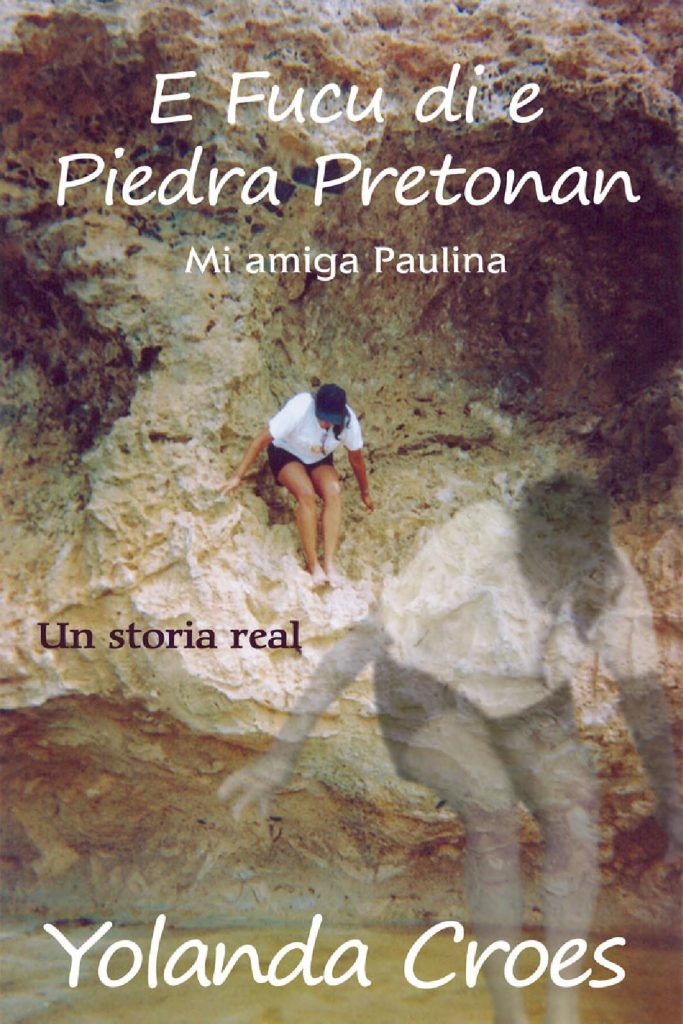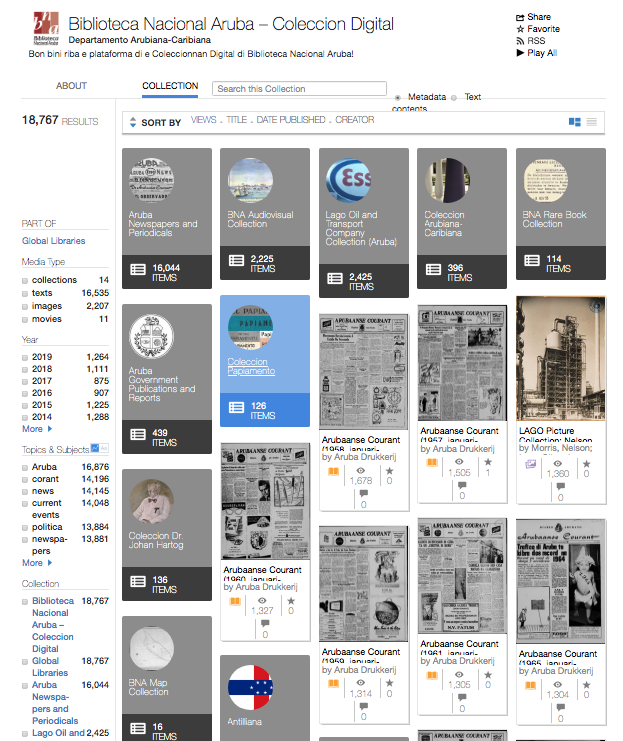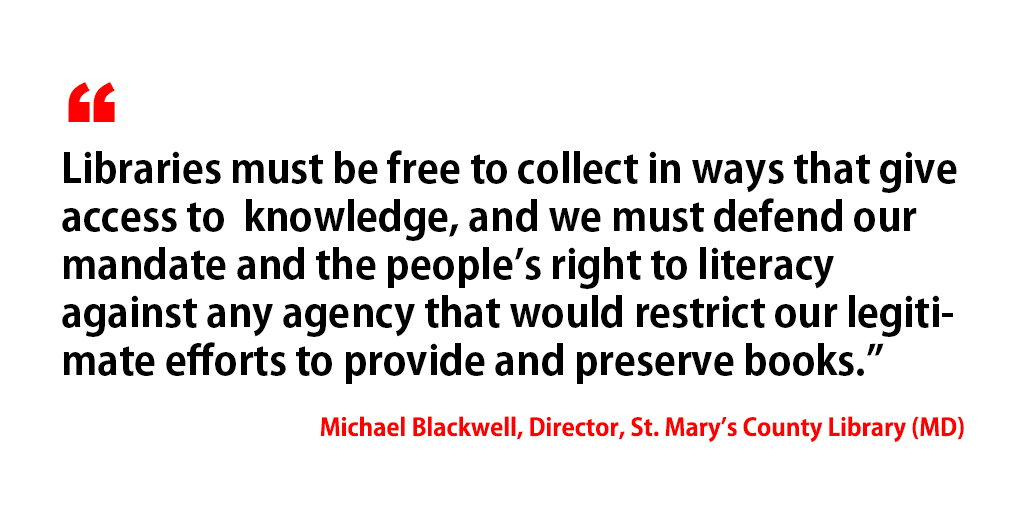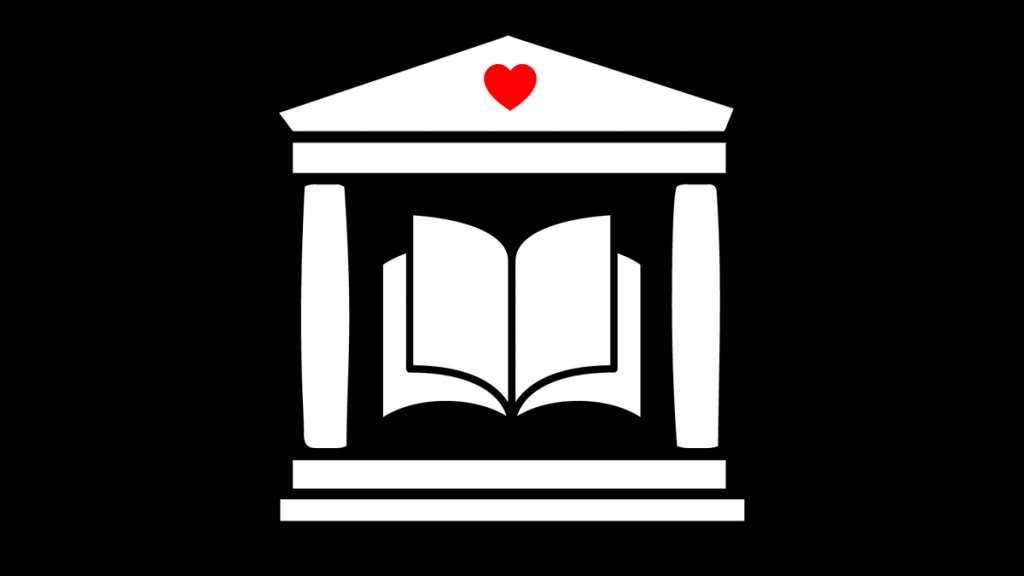
Our team of librarians launched the NEL on March 24 to help those who were disconnected from their physical libraries, and the feedback our team received has been overwhelming. Almost immediately after launch, we started receiving messages from teachers, librarians, and parents who were delighted to find needed books after many schools and libraries closed due to the COVID-19 pandemic. Additionally, we heard from researchers and educators who found texts for their coursework and research. Feedback continues to this day, indicating that the NEL has provided a necessary service for digital learners.
As we close the NEL, we are proud of our work and how it has helped. We gathered some of the most impactful statements to show how the NEL has been used and the impact it has made while our schools and libraries are closed. We are excited that the needs of our patrons will continue to be met through traditional controlled digital lending.
What You Are Saying About the National Emergency Library
We only use testimonials for which we have explicit permission. If you would like to share how you’ve used the NEL or the impact that it has had for you, please submit a testimonial. Condensed from testimonials sent to the Internet Archive:
I was able to find basic life support manuals (BLS Provider Manual) needed by front line medical workers in the academic medical center I work at…the NEL allows me to still make necessary health informational materials available to my hospital patrons.
– Benjamin S., New Jersey, Librarian
Margaret D., Nassau, Bahamas, Educator: Margaret is an educator who uses the NEL for reading books in a classroom setting. ‘I use the NEL daily for read-alouds and reading recommendations for students during remote learning, in addition to personal reading as well. It is the best thing to happen for my classwork needs and resources. And [I] couldn’t have functioned without it. The NEL is [a] godsend.’
Benjamin S., Camden, New Jersey, Librarian: Benjamin is a librarian who uses the NEL to help his community. ‘I was able to find basic life support manuals (BLS Provider Manual) needed by front line medical workers in the academic medical center I work at. The physical collection was closed due to COVID-19 and the NEL allows me to still make necessary health informational materials available to my hospital patrons. It has also provided anatomy materials for the gross anatomy lab in the medical school. Additionally, the NEL has allowed me to augment the resources provided from paid databases to patrons in their transition to online learning.’
Kathleen M., Santa Clara, California, Professor: Kathleen is a Professor with the Department of Art and Art History at Santa Clara University. ‘The Internet Archive has been a godsend for my students at Santa Clara University this quarter—especially with all libraries and interlibrary loan services closed. My students wrote sophisticated research papers on a variety of subjects during spring quarter. The Internet Archive was a major factor in their success. They and I are so grateful that you made the decision to make all books available during COVID-19. Thank you so much!’
So grateful that the NEL is there to help our kids stay connected with their schoolwork.
– Jessica T., California, Parent
Jessica T., Albany, California, Parent: Jessica is a parent who uses the National Emergency Library to help with homeschooling her children. ‘Our local schools shutdown with little time for anyone to prepare. The 4th graders were reading an historic novel set during World War II but did not bring home physical copies. The wait list for a digital copy at our local public library was weeks long, but with a few clicks, I found it available to borrow on the National Emergency Library. I think of all those physical copies of the book gathering dust at the school and am so grateful that the NEL is there to help our kids stay connected with their schoolwork.’
Blake G., Scotland, Texas, Former College Professor, Librarian, Author, and Journalist: Blake ‘read this week about the lawsuit against you and I’m writing to express my support for Open Library.
As a former librarian, I think what Open Library offers is exactly equivalent to what libraries do. You give people access to books to borrow for a limited period of time without charging anything for them. That’s what libraries all over do and publishers don’t sue them. Open Library provides an invaluable public service that should be allowed to continue.
I find Open Library even more valuable than most libraries because you offer people like me, who live in out of the way places, access to books that we could never borrow from libraries near where we live. I am currently working on a book about blacks who migrated from the South to Boston after World War II. Like most authors, I can’t afford to buy every book I need for my research, but I live in a small town in Texas, so most of the books I need are not available at any library nearby. I have been able to read numerous books on Open Library for my project that I wouldn’t be able to access any other way.’
The NEL has been a relief and lifeline to diverse materials that are not accessible or out of financial reach for me and my family.
– Lauren M., Michigan, Librarian
Lauren M., Portage, Michigan, Librarian: Lauren is a librarian who uses the NEL for personal use. ‘During the shutdown when things are difficult to retrieve through my local library and funds are tight or insecure because of the falling economy the NEL has been a relief and lifeline to diverse materials that are not accessible or out of financial reach for me and my family. The materials available have allowed me to hold virtual book clubs with friends at a time when I desperately need the distraction and social interaction. It has also been a comfort and resource as I navigate virtual schooling with my kids and teachers who ask for them to do research papers. Additionally, I am now seeing the results of the need for accessibility at all levels of our institutional structures. Free library resources have proven time and again their importance to a healthy and productive society. This holds just as much weight in the digital realm to my family and friends.’
Carole L., Bedminster, New Jersey, Author and Former Children’s Librarian: Carole is a former children’s librarian and author who uses the NEL for her personal use. ‘I am researching women’s suffrage, in addition to alerting others to the NEL. I have been recommending the NEL to friends and others (via tinyurl.com/familylearningideas) as a resource for teachers and students separated from school libraries and classroom sets. And I am writing my response to the New York Times article. This article and the lawsuit neglect to mention that these books are still just two-week loans, no different from what traditional libraries normally do. These scans give virtual access to the hundreds of millions of books locked behind library doors and in classrooms during the Covid-19 crisis. They are scans so much inferior to regular e-books or paper books in terms of readability, but give students, scholars, and readers access during this unprecedented lockdown. These are also not hot new books — most of the titles date prior to 2010 — and authors have the right to opt out their titles.
As a former children’s librarian and as an author, I understand the concern of authors, illustrators, and publishers, but let’s look at the whole picture. We are in a time of (inter)national emergency when literally billions of students, scholars, and readers around the world lack access to libraries. Many families are losing loved ones or jobs and are worried about rent and food money. Most of the titles in this collection are out-of-print backlists so the author and publisher wouldn’t be getting much in the way of royalties anyway. Isn’t this a perfect opportunity to give everyone a chance to borrow the books they need and make everyone’s lives just a little bit easier?
It could even expose kids, teens, and adults to authors they might get excited about — making them want to purchase (or ask their library to purchase) the next title an author releases! Including my Remembering the Ladies: From Patriots in Petticoats to Presidential Candidates available to borrow from the National Emergency Library, to download and print at tellingherstories.com, or to buy in print at Amazon.com and other online retailers. I also have created a compilation of fun family sites for at-home learning (via https://tinyurl.com/familylearningideas).’
As an academic librarian working in an area of the country with a high rate of the coronavirus, the NEL has allowed me to continue to support the research needs of the University population while also keeping my colleagues and users safe.
– Katrina R., Detroit, Librarian
Katrina R., Detroit, Michigan, Librarian: Katrina is a librarian using the NEL for research. ‘I have used the NEL to help students and researchers access materials that they would otherwise be unable to access or request because of the coronavirus pandemic. Without this access, I believe student success will be negatively impacted as they try to complete their coursework. As an academic librarian working in an area of the country with a high rate of the coronavirus, the NEL has allowed me to continue to support the research needs of the University population while also keeping my colleagues and users safe.’
Christopher D., Baltimore, Maryland, Educator: Christopher is an educator who uses the NEL in a classroom setting for teaching, research, and the completion of his dissertation. ‘The NEL has been indispensable. With every library closed and many lending systems either unsuited or crashing due to the tidal influx of users, the NEL’s smart, easy interface has assisted and accelerated my research enormously. I also use the NEL in teaching to pull articles from otherwise unavailable or inaccessible texts.’
Kelly P., Detroit, Michigan, Researcher: Kelly uses the NEL for research purposes for her PhD. ‘The NEL has provided access to scholarly monographs that are unavailable during the global pandemic due to library closures. It [NEL] has provided tangible resources allowing me to continue my research work while disconnected from physical networks (office space, library access, institutional support spaces). It has shown the need for free digital resources at all times, not just during the shutdowns due to the global pandemic.’
It has been a relief to know that the NEL is there for me and for the researchers I work with.
– Annie S., Massachusetts, Librarian
Annie S., Florence, Massachusetts, Librarian: Annie is a librarian and has been able to use the NEL to find materials for a faculty member she works with. ‘Without access to library collections or exhaustive ILL services, I turned to the NEL, which was able to immediately provide the three volumes the professor needed. It has been a relief to know that the NEL is there for me and for the researchers I work with. I was not aware of the Internet Archive lending program before, but now I am grateful to have it in my back pocket.’
Mike M., Pine Grove, Pennsylvania, Researcher: Mike is a researcher who has been using the National Emergency Library for personal research purposes in fields of Geology and Art History. He called the NEL, “awesome.”
Jennifer J., Atlantic City, New Jersey, Librarian: Jennifer is a librarian who is using the National Emergency Library in a classroom setting, ‘[The NEL], provides my students with 9th grade student novels. I discovered the NEL from a librarian for the Atlantic City Public Library.’
Augusto W., Lima, Peru, Researcher: Augusto uses the National Emergency Library for personal research purposes. He marvels at ‘being able to flip through books I always wanted to take a look at or read, including many of which have been out of print for decades. This is the greatest gift of all for someone in need (or who dreamed) of a near-perfect library.’
We wouldn’t be able to have literature discussions without this…Thank you, thank you, thank you.
– Mary M., Washington, Educator
Mary M., Bellevue, Washington, Educator: Mary uses the National Emergency Library in a classroom setting. ‘We are continuing to discuss books together even though the children are all at home. [And] we wouldn’t be able to have literature discussions without this because every other method is either maxed out (our library system), costs money, or takes families’ data. Thank you, thank you, thank you. I can try out some books we don’t own at school and when we are back, I’ll buy them for the class.’
Imre B., Budapest, Hungary, Researcher: Imre uses the National Emergency library for research purposes. ‘I am a PhD student at the University of Hagen, Germany based in Hungary. I am interested in U.S. democracy and political philosophy. I am not sure if these books were available to borrow before but now I can read books on English and U.S. history as well as political history/ideas. Books I really wanted. The NEL is a fantastic opportunity to read new information.’
I love reading and would be lost during this difficult time if not for books. Thank you SO MUCH for this service.
– Julie N., Wisconsin, Reader
Julie N., Neenah, Wisconsin, Reader: Julie is an avid reader and uses the National Emergency Library for personal use. ‘I am reading books by British women authors, bucket list authors, and titles not available in my local library system. The NEL is tremendously important. I love reading and would be lost during this difficult time if not for books. Thank you SO MUCH for this service.’
Nico L., Paris, France, Researcher: Nico uses the National Emergency Library for research purposes. ‘Access to rare but very useful scholarly 20th century books in English is already hard to access from France, but with all libraries closed this is my only way to access them. I scratched my head a few times dreading when and how I would be able to finally find these books… then I thought to try the NEL AND VOILA. Thank you so much for your librarianship. Reasonable access for ALL. This is just a fantastic resource, surprisingly so.’



